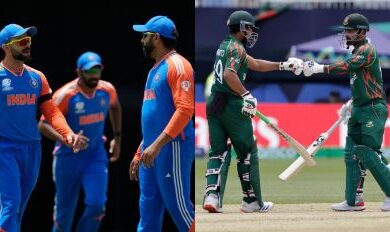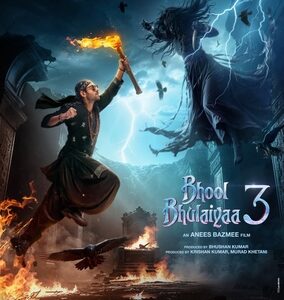
Introduction
England and Australia finally began their One Day International (ODI) series on September 19, 2024, at Trent Bridge in Nottingham. This is their first ODI assignment for England after a nine-month break, which is eagerly anticipated. Australia has its work cut out with several players ruled out through illness. Yet, it will be England’s fast bowler Jofra Archer, returning after over an year in the wilderness, away from 50-over cricket. England batted first, looking to cash in on home conditions, but the Australians, who were preparing for late withdrawals, would have struggled to come up with a competitive XI.
England’s Batting Strategy
England, who rested their regular captain Jos Buttler alongside 11 of his other players, will begin batting after winning the toss. Harry Brook, who led the side, batted at no.4 and has been in the spotlight for a balancing responsibility of leadership with a relatively young and inexperience squad. The whole England outfit sees wide changes as the team continues transitioning from their crusading World Cup-winning squad of 2019. A few players have fewer than 10 ODI appearances, which gives their performance a sort of exciting unpredictability.
The Australian bowling attack was very new for the English openers at the initial stages of their innings. Ben Dwarshuis, playing his first match for Australia, was a serious contender as soon as he took his first ODI wicket and made the top order of England tremble. Dwarshuis’ left-arm pace, crafted in T20 cricket, was enough to trouble the England middle order slightly. It was not as English the middle-order aggregations that smart partnerships by Brook and others kept their cool while Australia bowlers tried to sniff out weaknesses. Undeniably it was a new captaincy assignment for an individual but the calm approaches and good individual performances by Brook and his mates did help England total a competitive score.
Jofra Archer Returns to Bowling Attack
One of the most eagerly awaited moments in this match was going to be Jofra Archer’s return to ODI cricket. Archer, who last appeared for his national team in an ODI in March this year, had thus been out of cricket after falling victim to recurring elbow injuries and subsequent recurrences. His return to the national colours has been part of a carefully managed process, and this match against Australia marked a significant step in his rehabilitation process.
Archer was electric. He troubled Australia’s top order with his pace and accuracy and mixed up the playability of the ball with many a swing which was absolutely interesting to observe. Two wickets, extracted within a few overs, were dangerous batsmen and confirmed to the world that Archer is one of the assets for the England team. His availability to England is part of their long-term plan to present him fit and ready for the Test matches that will start soon and the next Ashes series, but he cannot be ignored with his instant contributions in the ODI format.
Australia Struggle with the Illness of Some Players and Squads
Australia had to enter the series without key men. Mitchell Starc, Glenn Maxwell, and Josh Hazlewood, all absent due to illness forced on them, did leave a fragile look at the bowling front. Josh Inglis, the wicketkeeper, too was not available as he had strained his quad in the previous T20 game. The trio’s absence paved the way for the unexposed youngsters in the squad.
At least with the ball, one bright light in his first ODI was provided by Ben Dwarshuis. No Starc and no Hazlewood clearly made the absence felt in the sense that there was less control over middle overs generally in terms of Australia’s bowling, and less bite in general. The Australians had to pick players from the more junior league that is not good enough to consistently hit trouble upon England’s batsmen’s faces.
Australia’s batting also was equally imperiled as that of the stern English bowling. The absence of normal firepower from the top order and middle order completely failed to make an impression. Where returning wicket-keeper Alex Carey showed some resilience, the team as a whole was unable to make some strong commanding partnerships. This loss seemed more noticeable as Australia toiled with the lost cause in making a recovery against the lost cause of the remaining overs as England’s total looked promisingly high.
A Glimpse into the Future
This match, only the first in the series, has thus already shown glimpses into dynamics that could define the rest of contests. England is still a team under transition, but it was good enough to show up against the solid Australian side, in depth and flexibility. Harry Brook’s leadership was tested; he did well, and performances by someone such as Archer have reaffirmed the status of England as a force to be reckoned with in white-ball cricket.
Australia is going to miss the key players and has to adjust immediately with the changes in their lineup. Despite all this, they are still a risky team, and if their top guys recover in time for the later matches, the series can easily swing the way of the Aussies.
Conclusion
The first ODI match at Trent Bridge set the scene for what threatens to be a very intriguing series. While strength has returned to England in the form of Jofra Archer’s return, with illness further complicating things for Australia, the two teams are coming into this fight from two vastly different bases. On both sides, however, there is plenty of quality and intent, so I wouldn’t count out the remainder of this series either. More drama and excitement lie in waiting when Australia tries to rebound and England seeks to capitalize on early success.




